
50-Matches Kumite: Mindkiller Kata
I've once again been brewing around Mindkiller Doomsday, sometimes known as All Bad Cards Doomsday. I'd made some changes since my last update on the deck and it felt quite strong in testing, so I felt it was time to write another update.
This time, I wanted to collect some data to help back up my claim that this deck can be competitive in the current Legacy metagame. So I resolved to play through 10 leagues and track my performance. Fifty matches, no surrender, no dropping from leagues. I focused my data tracking on match wins, so there's no per-game data, but I did track by opposing archetype to better understand how the deck fares against different aspects of the metagame. It should also be noted that 50 matches isn't much in the grand scheme of things, but it should give us somethng to talk about.
The Deck
Main 60
3
Doomsday
1
Thassa's Oracle
4
Burning Wish
3
Echo of Eons
3
Spoils of the Vault
3
Empty the Warrens
1
Street Wraith
4
Manamorphose
4
Lion's Eye Diamond
4
Lotus Petal
4
Chrome Mox
4
Dark Ritual
4
Cabal Ritual
4
Rite of Flame
4
Thoughtseize
4
City of Brass
4
Gemstone Mine
2
Glimmervoid
Sideboard 15
1
Doomsday
1
Tendrils of Agony
1
Empty the Warrens
1
Echo of Eons
1
Grapeshot
2
Prismatic Ending
4
Galvanic Relay
3
Orim's Chant
1
Peer into the Abyss
This list should look remarkably similar to the original form of the deck. There are no attempts to support Brainstorm, there's still plenty of copies of Spoils of the Vault. There are, however, protection spells maindeck. The Thoughtseizes are, in my opinion, the best option for this slot. They can be cast off ritual mana which makes them a vast improvement over the Chants eg. Orim's Chant and Silence, I've tried previously. Not needing three different colors of mana on your combo turn, which is frequently turn 1, is a huge boon in terms of being able to go fast, safely. Thoughtseize can also discard your own Echoes, which has come up a few times. We just ignore the life loss and any potential negative interactions with Spoils. The cards are too good not to play together, and over 50 matches it really wasn't that big of a deal anyway.
The sideboard has the Orim's Chants that I've been high on for a while and are now common in TES as well. I borrowed the TES tech of Galvanic Relays, which are slightly less powerful here due to having fewer mana rocks but still quite potent in the blue matchups.
I will note that the first few of these leagues were played with a very minor difference in the sideboard: -1 Prismatic Ending, -1 Orim's Chant, +2 Abrupt Decay. I realized I wasn't bringing Decays in against blue decks anyway, and I wanted a third Chant for a cleaner mapping against combo decks, so I adjusted to what you see in the above list. I'll include a basic sideboard guide later in the document so take a look there if you want to know more.
Overall Results
Now, if you're reading this, I'm sure you have a question burning in your mind right now. "What was the overall winrate?" Well, let's get right into the data then.
| Overall Wins | Overall Losses | Overall Winrate |
|---|---|---|
| 31 | 19 | 62.00% |
I believe 62% is a very respectable winrate for a deck using Spoils of the Vault as Richard Garfield intended. Making up these 50 matches were four 4-1's, three 3-2's and three 2-3's. Something worth noting is that the last 3 leagues were all 2-3's and I can't help but wonder if maybe I started playing more loosely as I neared my 10-league goal, just looking to bang them out and get to writing. I'll also add that I'm disappointed I never managed to get the 5-0; the deck feels like it's got the power level for it and certainly four close calls is encouraging. I'll keep trying. At any rate, I'm positive on play points and tickets since starting this so I consider that a big win.
Matchup Analysis
Because of the small sample size we can't really look at the granular, archetype-by-archetype win rates and draw anything approaching a meaningful conclusion. By combining decks into macro-archetypes, we can try to extract some info that is perhaps more worth the time. Incidentally, this macro-archetype mode of thinking ties into my sideboarding principles and makes a lot of sense as a way to approach playing the deck. To illustrate, there's not much difference in how you approach any fair blue matchup, be it Delver or a Bant pile, so it makes sense to think of these decks as a monolith.
Anyway, here's how it broke out:
| Macro-Archetype | Match Wins | Match Losses | Winrate |
|---|---|---|---|
| Fair Blue | 9 | 6 | 60.00% |
| Permanent-Based Hate | 6 | 2 | 75.00% |
| Combo | 10 | 5 | 66.67% |
| Other | 6 | 3 | 66.67% |
| 8-Cast | 0 | 3 | 0.00% |
Fair Blue - 60%
Fair blue includes decks like Delver, the entire spectrum of UWx Piles from Bant to Landstill, and less common foes such as Death's Shadow decks. This category seems to be more or less even, perhaps edging towards slightly positive. This is perhaps the most suprising and encouraging result in all of this, despite it being the lowest winrate among major categories. If your glass-cannon combo deck can go toe-to-toe with the blue decks of the format, then you have a pretty good glass cannon. It's safe to say that certain decks are tougher than others - Delver gives you less time to set up and harasses your mana if you try to play a longer game, decks with black can play Plague Engineer which makes Empty much worse, etc. But in general, the fair blue decks give you some time to set up a safer, protected kill, can be overpowered by Galvanic Relay post-board, or struggle to deal with a mess of Goblin tokens.
These matchups are far from easy, but are very winnable. Anecdotally, the majority of the matches lost to fair blue opponents went to three games, indicating just how close the matchup can be.
Permanent-Based Hate - 75%
This macro-archetype consists of both Chalice decks like Moon Stompy and Curses, and creature-based decks like Death and Taxes or Maverick. Since they don't have countermagic, you will win the majority of games on the play, and win enough on the draw to make the matchup favorable. Chalices and 3Balls can sometimes lock you out, but there are plenty of hands that can ignore Chalice on 0 or 1, and Doomsday gives you a powerful tool for playing through hate. Decks like Death and Taxes are often helpless before turn 2, and all of these types of decks tend to struggle against a mess of Goblin tokens.
In essence, these matchups are about each player trying to cheese the other out, and we're the cheesiest.
Combo - 66%
The Combo deck umbrella has a lot of variation, including Storm, Reanimator, Show and Tell, Elves, and Painter (which could arguably fit better in the Other category but it is primarily trying to assemble its 2-cards combo), and how good the matchup is can vary a lot depending on the deck. Doomsday and Show and Tell are tricky, as they have countermagic. Elves is difficult to lose as they struggle to interact effectively and typically are at least a full turn slower. Typical Storm decks likewise tend to be slower than we are, and Orim's Chant is effective both at stopping them and protecting your combo from the odd Flusterstorm. Reanimator is close to the same speed as us, and their discard and Chancellor triggers can be enough to swing the match. In this dataset, I faced mostly Elves, Storm, and Painter, and mostly won (I was undefeated over 6 matches between Elves and Painter). Reanimator and Show and Tell took a couple matches from me. I would say these kinds of matchups tend to be favorable but are not a given. A common way to lose is to fire off a bunch of Goblins game 1 on the play and die on their turn 2, and then maybe lose turn 1 in a later game. You'll need to learn to accept that this kind of thing happens and is just an aspect of playing a high-variance deck with little to no sculpting.
Other - 66%
The Other category consists of decks that I felt didn't belong anywhere else. Good examples are Mono-Green Cloudpost, perhaps the only true ramp deck in Legacy, and Madness, the format's lone aggro deck. Both of these tend to match up poorly against fast combo, and in my experience this is often the case with other decks that fall into this category. If they're not casting countermagic, locking you out ASAP, or just killing you first, they are likely giving up the combo matchup. Perhaps they're targeting another branch of the meta, or perhaps their deck is simply underpowered. Either way, the oddball decks tend to be favorable matchups, with the occasional nasty.
8-Cast - 0%
I put 8-Cast in its own special category for a couple reasons. First and foremost, as a Chalice deck with Force of Wills, it didn't seem to fit well in either of the first two categories. But also, I wanted to call it out specifically as an absolutely miserable matchup. In these 50 matches I only played it 3 times but I lost all of them, only winning 1 game total. In prior testing I had similar results; in fact I don't remember ever winning a match against it. It can counter our business spells, lock us out with Chalice, put enough meat on the board to stop an Empty the Warrens, or just go broken mode and chain some Echoes into an insurmountable game state. It feels as though its the natural foil to a deck like this, and I'm ok with that. Try your best, maybe you'll get lucky. Most likely you'll get your ass kicked inside out. Learn to like it.
Playing and Sideboarding Concepts
I won't go too in depth into the way you're supposed to play this deck, in small parts because my original article discussed it and not much has changed, and mostly because it amounts to "look at hand, assess if it can do the thing, attempt to do the thing". But I did want to discuss how the presence of Thoughtseize slightly changes things.
The first thing to note is that I found myself jamming on turn 1 slightly less often with Thoughtseize in my deck, because it was often more appropriate to Seize them turn 1 and then think about how to play out the rest of my hand. Thoughtseize affords you information, protection, and the ability to play a slightly longer game, letting you field additional lands to help play through soft counters or make more colored mana. An interesting situation you will likely find yourself in is a hand like this:
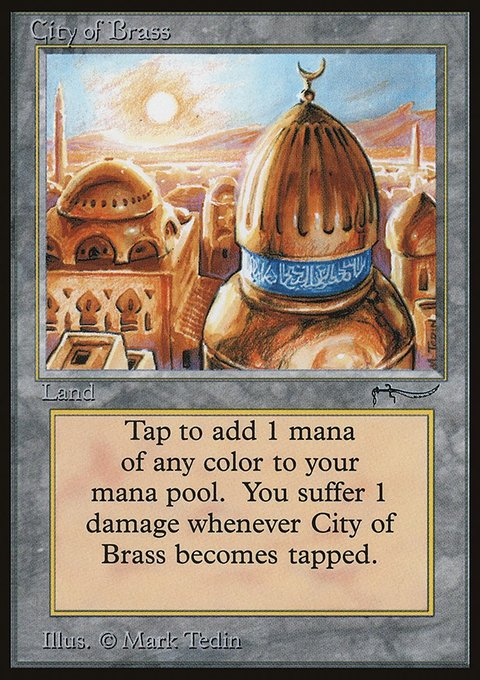
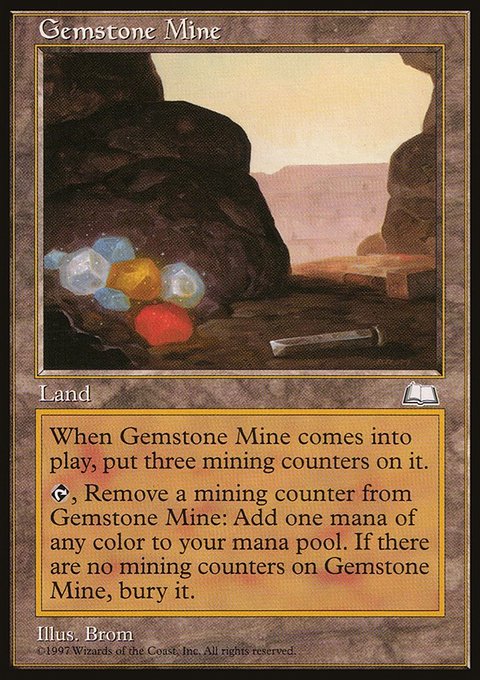
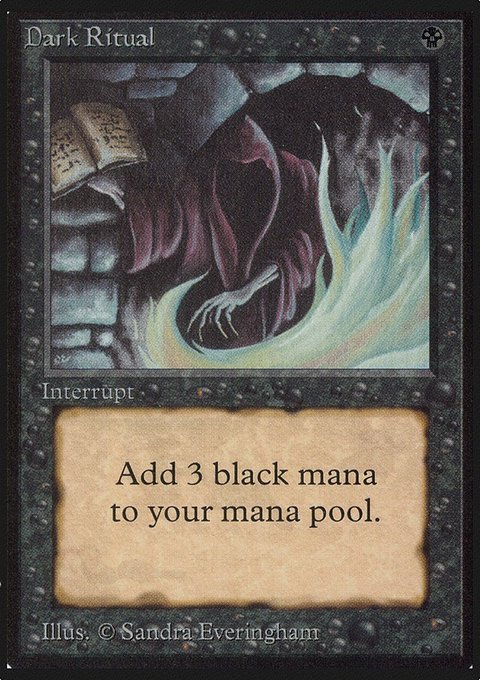

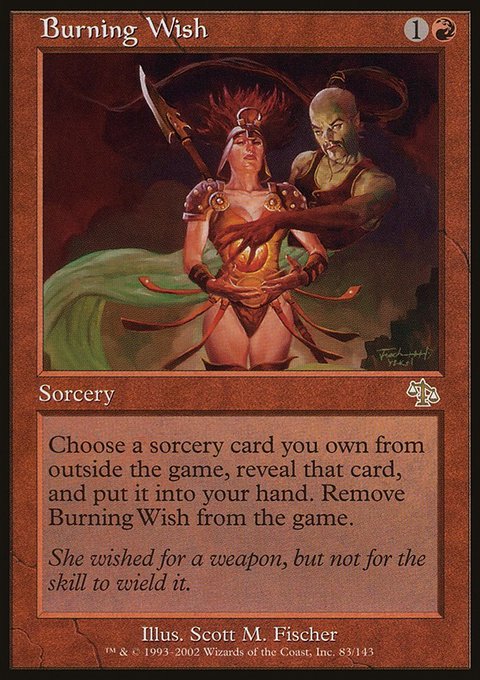
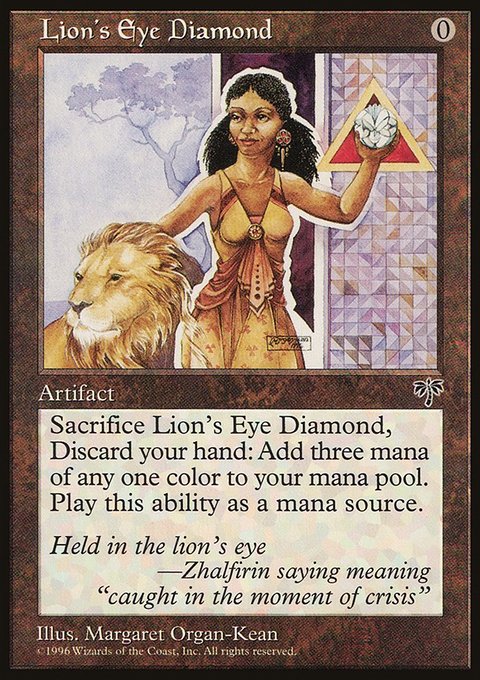
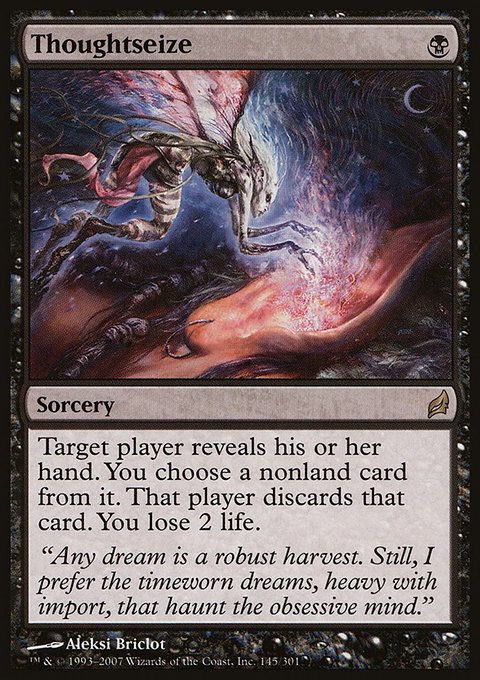
Do you Seize on turn 1, or hold it to cast off a ritual on your turn 2 combo turn? Generally I'd be inclined to hold it for turn 2, but you run the risk of losing on turn 1 to something you could have stopped. Food for thought, if nothing else.
Sideboarding with this deck is very straightforward. As I mentioned previously, I tend to group decks together by their main form of disruption and sideboard accordingly. The sideboard maps very nicely in this manner and I tend not to deviate from my sideboard plans even if my opponents' gameplans don't line up perfectly with the macro-archetypes.
Fair Blue
Out
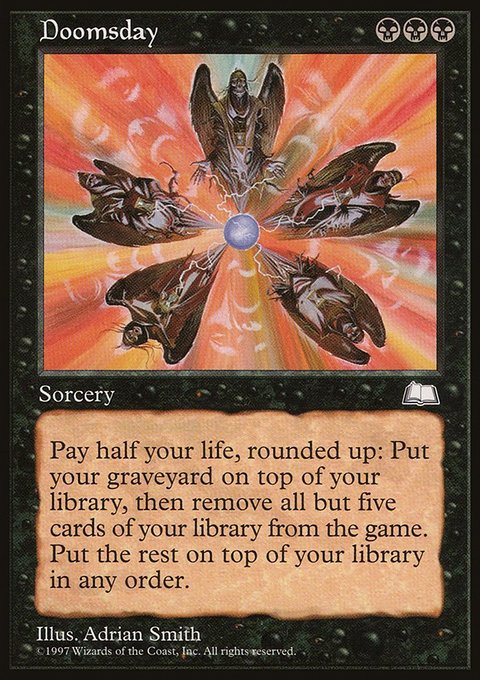


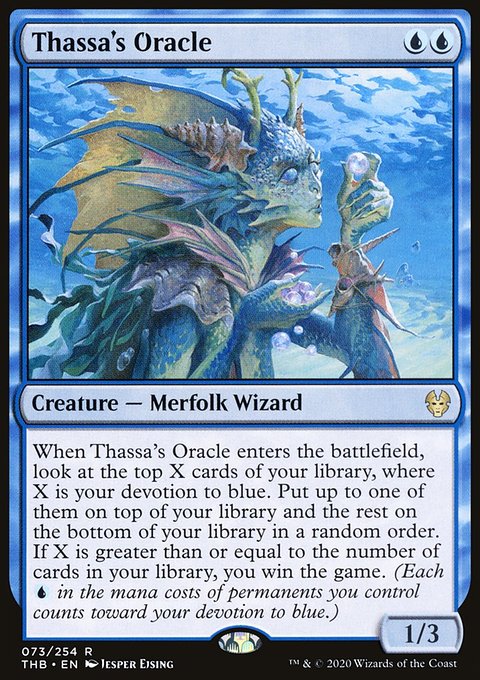
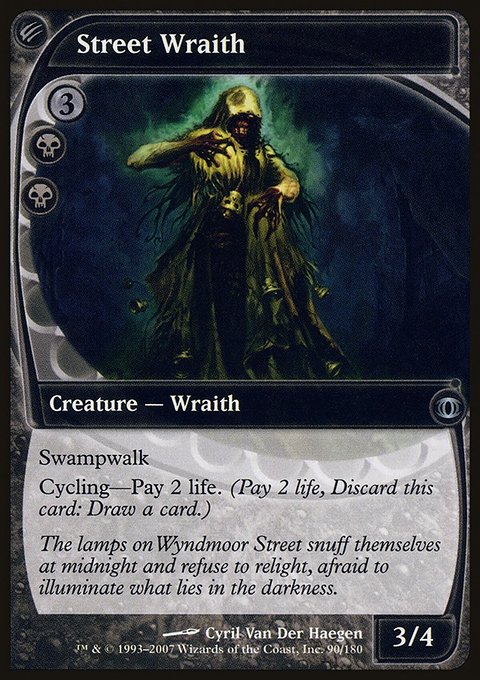
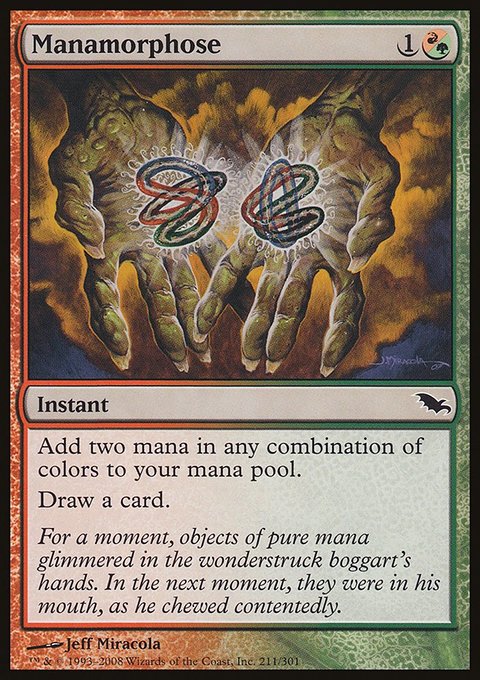
In
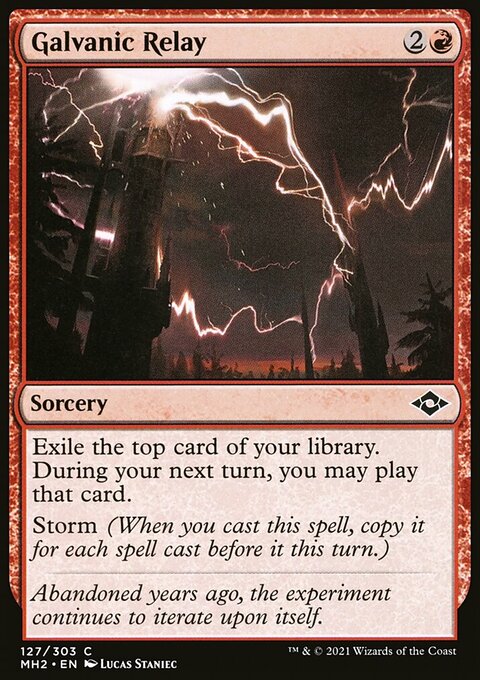


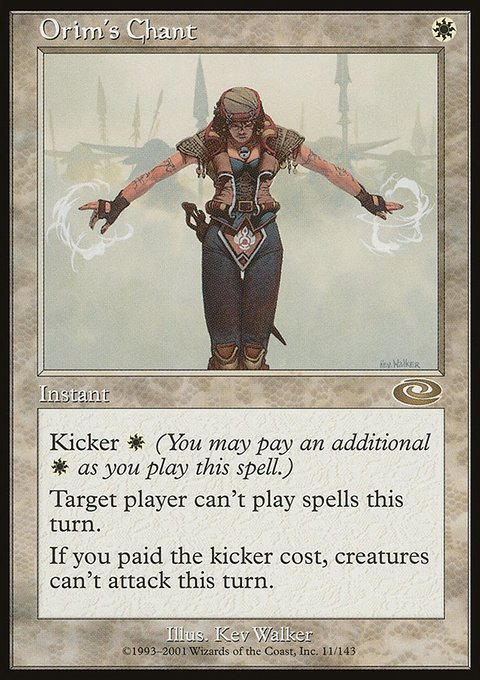


The Doomsday package is at its weakest in these matchups. You don't have the tools to build the same kind of robust piles that other Doosmday decks can make. No Cavern of Souls, no Pact of Negation. Trade out the business spells to keep the deck threat-dense, and add a bit more protection.
Permanent-Based Hate
Out



In


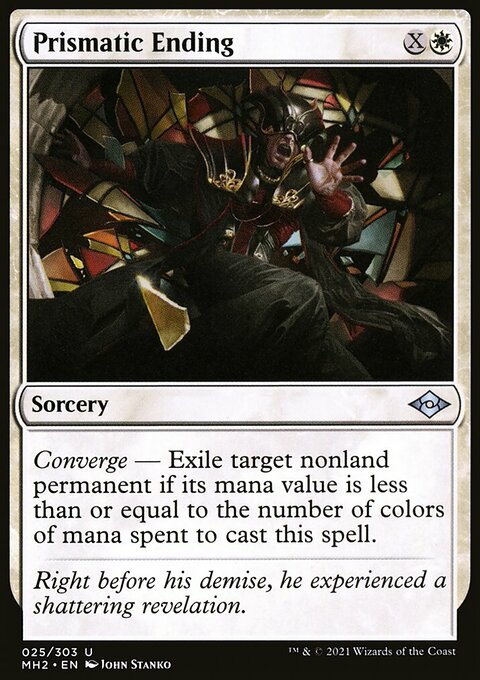
Minimal sideboarding. Chants can be used proactively as a pseudo-Time Walk, or to defend your combo from Mindbreak Traps. Thoughtseize can't stop hands with multiple lockpieces, and may not stop any Mindbreak Traps they draw after you Echo, so I trim them. Sometimes I tweak the numbers slightly based on play vs. draw.
Combo
Out
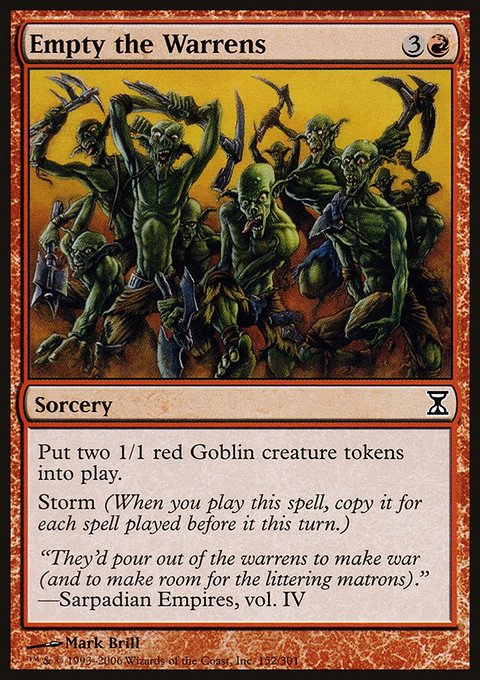


In



Empty bad. Chant good.
Other
You're gonna have to use your own judgement on a per-deck basis. I find Chants to be broadly good against random bullshit though, and if you're really unsure, trimming 2 Thoughtseizes for 2 Chants is vey reasonable. Notably, I also tend to use this strategy if I trounce someone turn 1 and never see their deck.
8-Cast
Out





In





I'm not 100% sure of this sideboarding but I can't think of anything that might be better. There's tension here because Doomsday is generally good against prison decks but weaker against countermagic. Post-board, they tend to have more countermagic than prison elements, which pushed me away from Doomsday. While 8-Cast can sometimes put enough bodies on board to beat an Empty, I still feel like it's a better plan than Doomsday. But due to the prison pieces, Galvanic Relay can be a liability, because they can drop a Chalice on the right number to turn off as much of your Relay gas as possible. So I ended up deciding that trading the Doomsday package for all the white disruption was the best plan. Since this means fewer business spells in the deck, I don't want to spend a Wish on a Prismatic Ending, so they're both in the deck.
This matchup is the one where Abrupt Decays in the board might look good, but the reality is that they still won't shift the matchup to be winnable.
Thoughts and Prayers
I'm pleased with how the deck has been performing lately. Being up on play points and tickets with a brew I've put a lot of time into, in a format as cutthroat as Legacy, definitely sparks joy. While the results aren't stunning, I feel confident taking the deck into leagues and would likewise feel confident taking it to local events. The high-variance nature makes me wary of bringing it to any event with more than 6 or so rounds, but people achieve strong results with Oops All Spells which seems similarly glass-cannon-ish.
I also think this deck is substantially more fun than other combo decks of the same fast and loose style. Oops All Spells is known for its simplistic, repetitive gameplay. Belcher has more lines and decision points but ultimately boils down to firing off your hand and hoping for the best. I'm sure there's some bias in my beliefs as the deck's creator, but this deck gets the adrenaline pumping and the brain heated up unlike its peers. Spoils is a powerful card and exciting to play, and requires careful thought to balance risk and reward. Doomsday is strong and flexible, and using it to beat multiple on-board hate pieces is supremely fulfilling. And of course winning on turn 1 in style is the entire point of playing Magic. I'm sure this deck isn't for everyone but if you're an adrenaline junkie I encourage you once again to buy a playset of Spoils of the Vault. I hope I can convince you that this list is sufficiently powerful to compete in this format.
Invoke the deity of your choice and spin the wheel.
For more content, please check out our resources page which includes a list of community streamers. If you would like to submit content to the Wiki, feel free to reach to us in the Doomsday Discord.